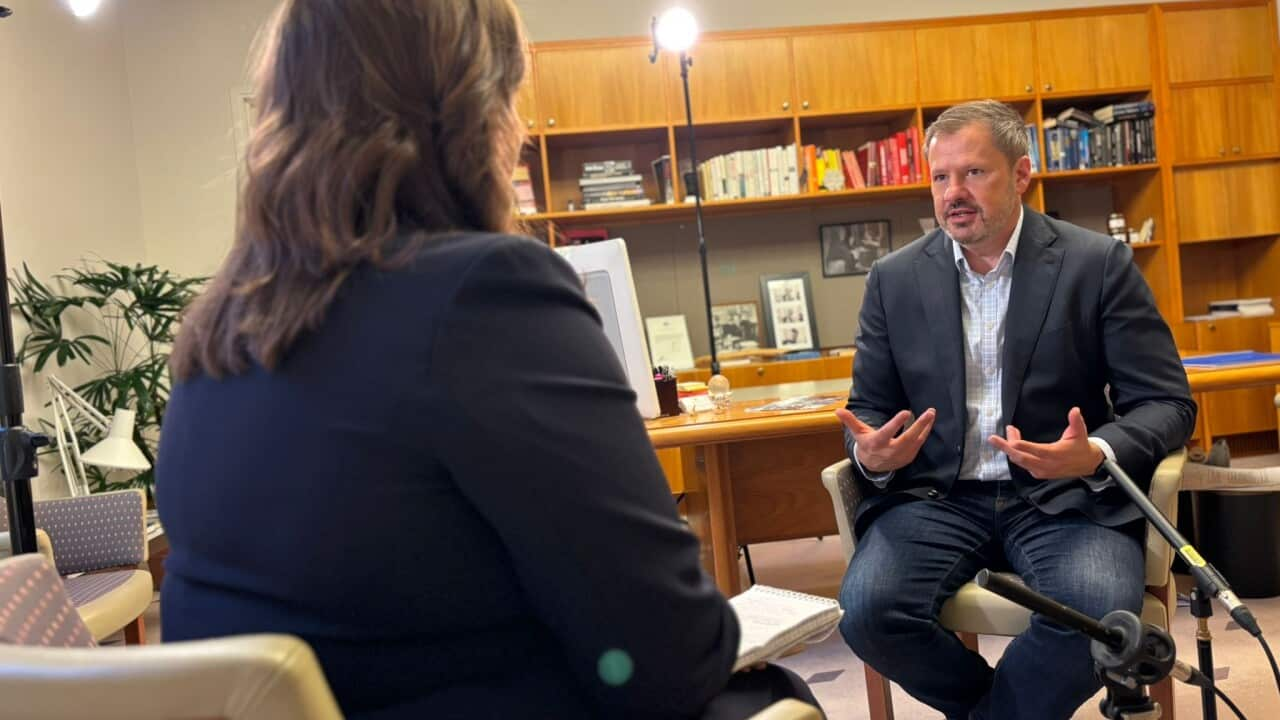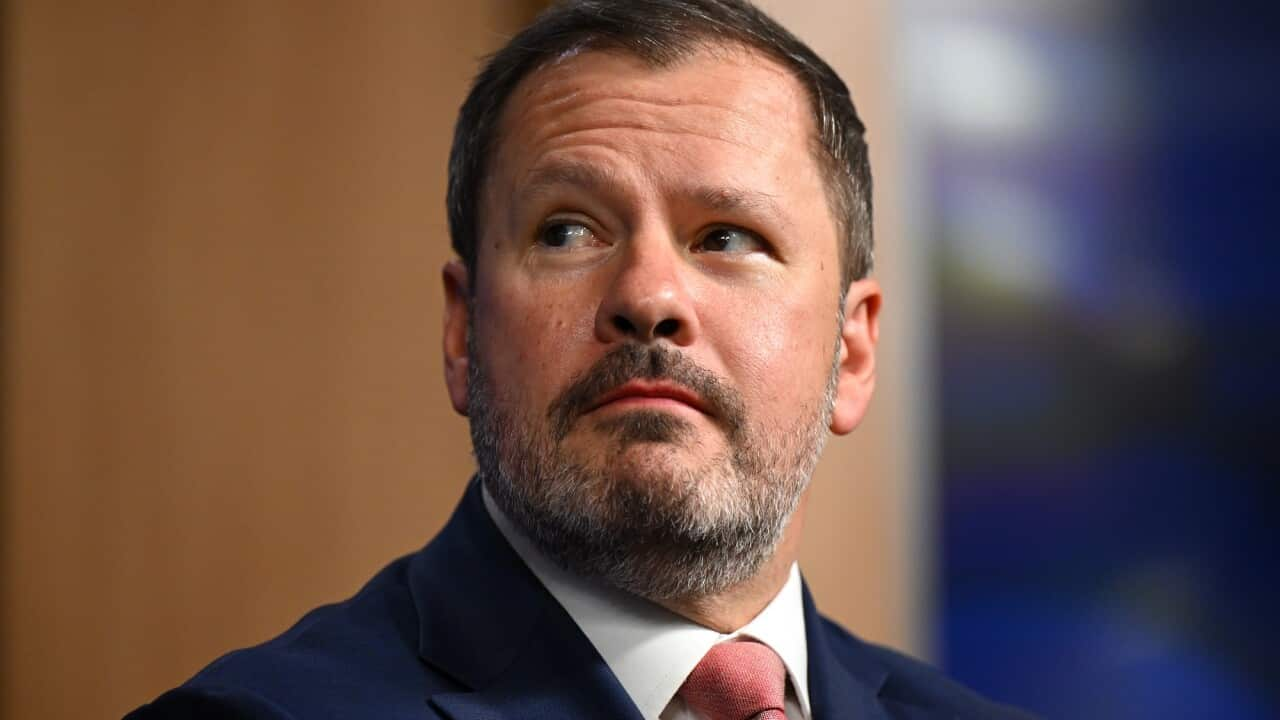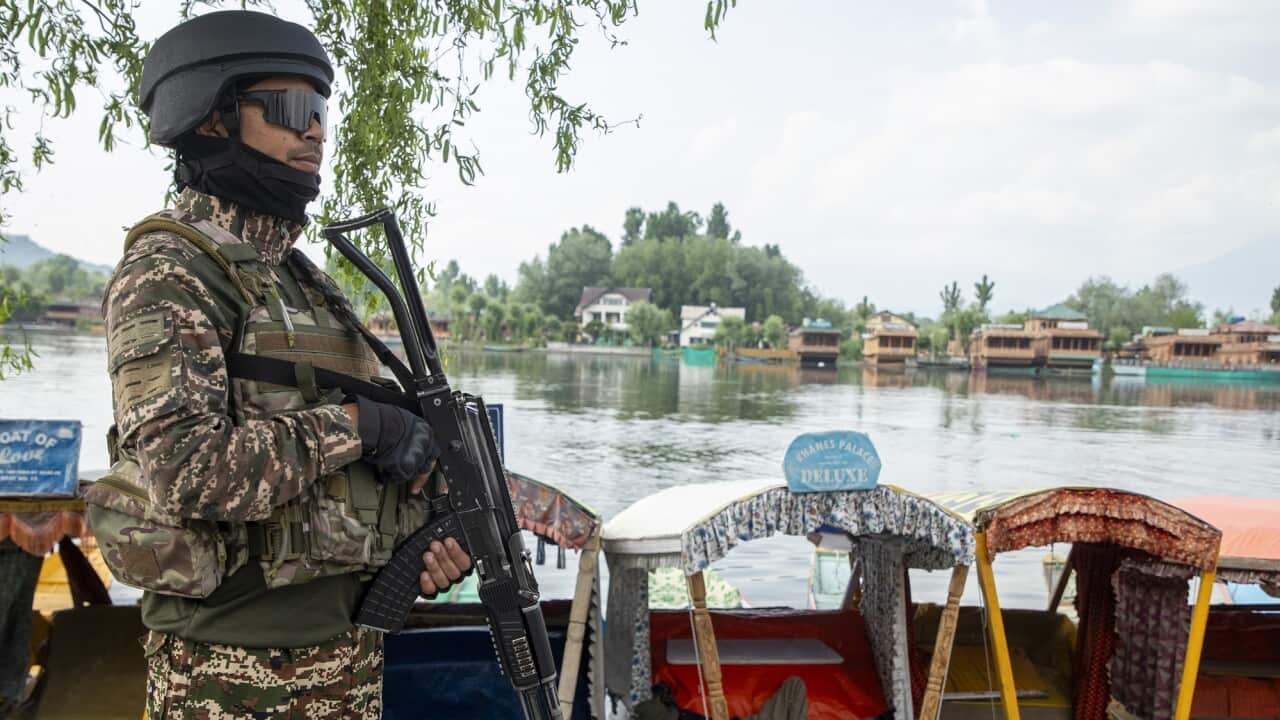Cedar Lett is a Kamilaroi woman and a student at Griffith University.
Now she can add NASA intern to that list.
Ms Lett is one of five First Nations students selected from across the country for an internship at the US space agency, a program supported by the Australian Space Agency and Monash University's National Indigenous Space Academy.
"Even now I can’t believe it. Like we leave on Wednesday and it’s still super surreal. So yeah, I would have said, ‘no way, no way is that happening’. Yeah, it’s an incredible opportunity."
First stop is Monash University for a ‘space bootcamp’ brushing up on robotics, aerodynamics and all things NASA [[NA-suh]], ahead of their 10-week internship at its Jet Propulsion Laboratory in California.
Monash's Information Technology Dean Professor Ann Nicolson says at its heart, the program is fundamentally about paving the way for First Nations in STEM.
"This program is really an example of Monash and the broader sector's commitment of increasing the representation of Indigenous people in science, technology, engineering and maths - those STEM disciplines. By participating in STEM, we know that Indigenous peoples - the first scientists and the first technologists of this country - can continue to play a pivotal role in driving breakthroughs that align with their aspirations, and also promote sovereignty and self determination."
The faculty's Professor Chris Lawrence says it's a natural fit.
"Indigenous Australians are the first scientists, technologists, engineers, architects, mathematicians, medicine people. And if anybody can pick up a piece of wood and throw it and make it come back, they’ve got to be innovators. So the students are coming from those DNA ancestral STEM heritage and bloodlines, and it is about our song lines."
The Professor says this program may even help them find the person who could become the first Indigenous astronaut in history.
"Finding that unique individual who is there amongst us. So putting the spotlight and giving them the pathway to go off and to find and explore those different universes that are out there is really what this program’s about, and giving them the opportunity to become the first Indigenous astronaut."
Another of the successful interns is Western Sydney University's Ted Vanderfeen.
He says they are definitely aiming for the stars.
"Just getting to spend time with NASA engineers, it’s sort of a very unique opportunity that not a lot of Australians get, especially indigenous Australians. So I’m going to be a sponge and I’m going to absorb as much information and take every opportunity I can while I’m on the experience."













